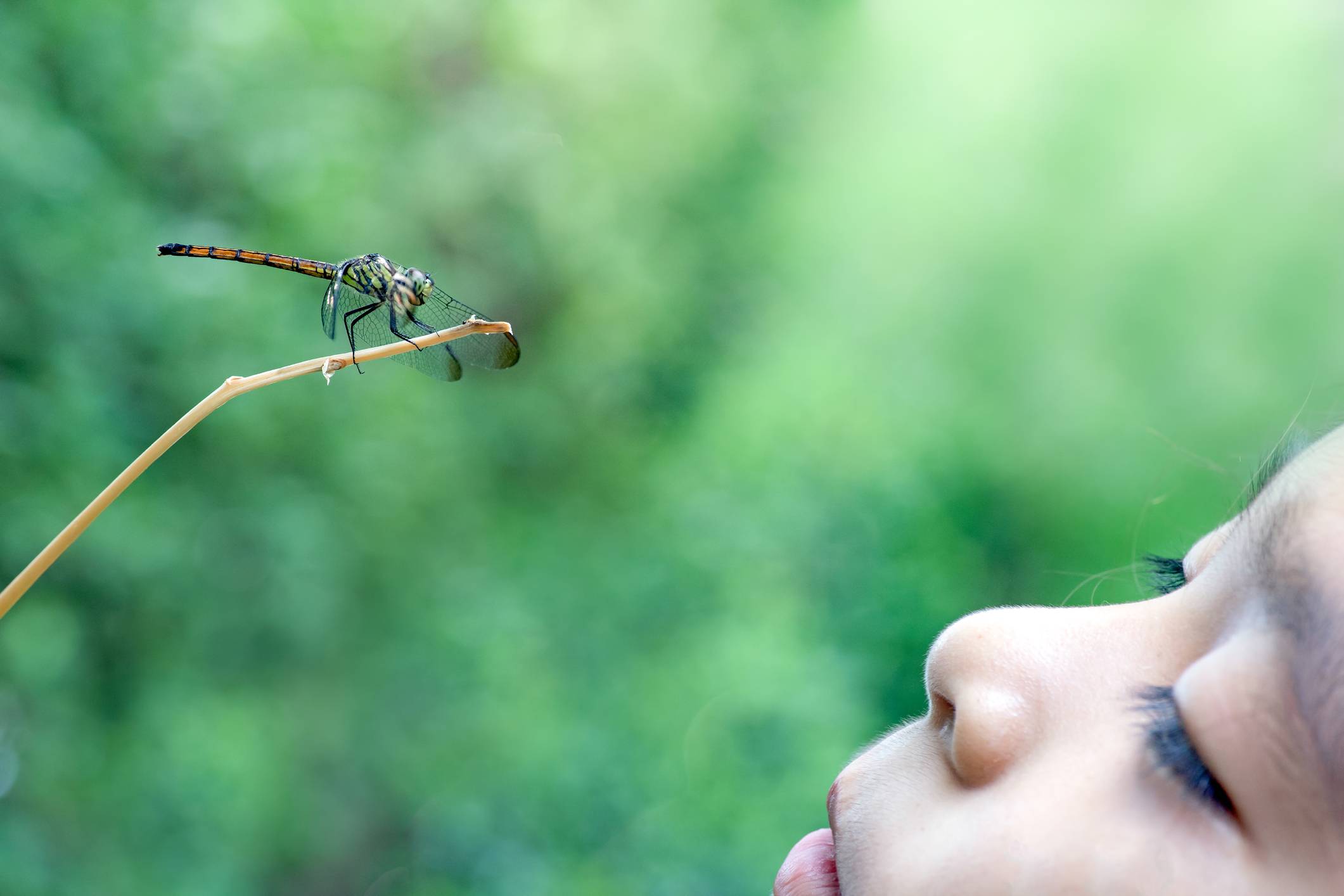This girl is weird. She doesn’t blacken her teeth, doesn’t pluck out her eyebrows, prefers caterpillars to butterflies, makes pets of insects others shudder to see. Her parents don’t know what to make of her. Let them stew in their bewilderment. She goes blithely on her way, sowing confusion and reaping her own kind of happiness, known and knowable only to the weird.
“The Lady Who Loved Insects” is a 12th-century fiction fragment, author unknown. It breaks off in the middle. A second chapter is promised but, if ever written, does not survive. What became of her? Did the young man who was drawn to her in spite of (because of?) her eccentricities follow up his initial advances? As his wife or alone, did she live happily ever after?
The Heian Period (794-1185) ranks among the most elegant civilizations the world has ever known. It carried refinement to extremes that are apt to strike us as outlandish: every day a stately dance through intricately prescribed motions, every occasion a ceremony, every passion ritualized, every feeling stylized, beauty the highest and indeed only ideal, to which everything — happiness, truth, moral goodness, comfort, wealth, power — is sacrificed, in theory if not always in practice, in appearance if not always in reality.

















With your current subscription plan you can comment on stories. However, before writing your first comment, please create a display name in the Profile section of your subscriber account page.